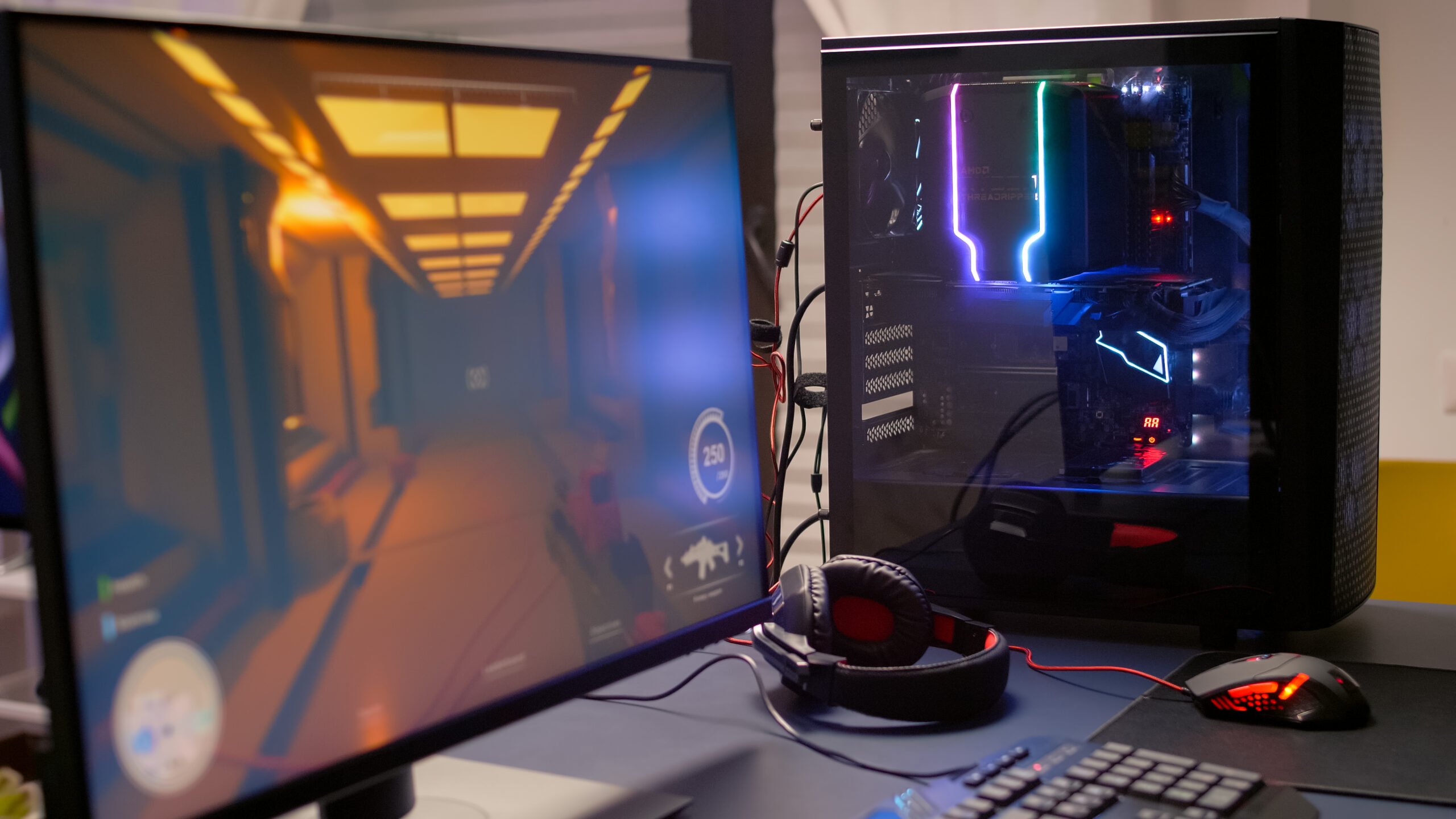The world of 3-D defines the modern virtual world and makes it a way richer than the 2-D days. You name it. From gaming to graphic designing to various other use, 3-D brought a whole new immersive aspects of computing. One of the most noticeable and revolutionary changes in acceleration of technological improvement is remarked with 3-D graphics. This is even felt to the fullest with 3-D gaming, which constantly attempts to create images with the same depth and texture as objects we see in real world.
Evolving of 3-D graphics
We are the true spectators of an amazing world where software and hardware together racing to produce a complete new reality apart from the one we are living in. Things we cannot imagine to do in real time, are done in the virtual world. This concept is even accelerated by the funds from millions of gamers from all over the globe, more new video cards and software taking the gaming level to an incredibly realistic level.
Even though gaming alone was enough to uplift the whole 3-D technology, there are other applications, Computer Aided Design (CAD) for instance, which took 3-D on a different level of usage. Prior to the early 1990s PCs did not really go well the whole 3-D graphics and it was sort of on experimentation stage. Although some of the 3-D design applications were there like AutoCad and Intergraph, but they were meant for the heavy wallet users, where it ran only on expensive and specialized hardware but not for casual users.
The breakthrough of idSoftware
The most remarkable changes were made by a small company called ‘id Software’ who set a new horizon for gaming called Wolfenstein 3D in 1992. They launched a totally new genre of gaming that would set the blueprint of what we now know as First-Person-Shooters or FPS. What FPS is and how players interact with the 3-D world in an FPS need no explanation, in case if you need such explanation, straight jump right into one of the FPS games out there.
This start-up company became the hottest sensation of the time overnight even though their product was quite demanding on the hardware. The mighty duo, father of 3-D gaming, John Carmack and John Romero gambled that enough people could run it to make it succeed.
Sprites and the early 3-D graphics
Early days of 3-D gaming used fixed 2-D images which is called sprites to create the whole 3-D world. Sprite is a bitmapped graphic. Such early FPS would calculate the position of the object from the player’s perspective and place a sprite to represent the object. Single objects had fixed number of sprites, hence, walking around an object, you could notice an obvious changes which the reflection of the sprite changes. Of course, comparing to now those sprites were not thus pretty but playing it on one of then computer certainly was a big deal.

